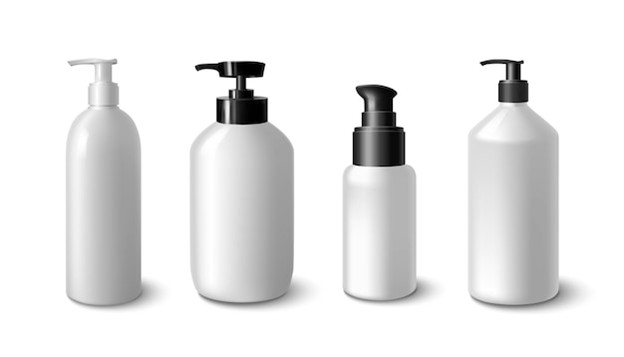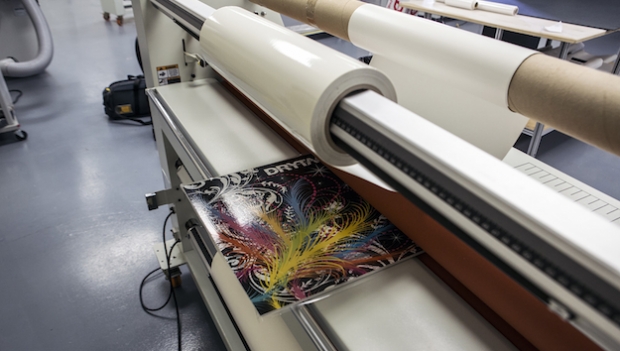
As key players of the industry continue to invest in the research and development of improved preservation techniques that do not compromise the quality and safety of food products, many processes emerge to be promising alternatives to the use of preservatives and additives. Processes that allow to better understand the food composition and aid the development of appropriate methods of shelf-life extension have also been studied and implemented.
In this blog, we will detail two of the processes that have gained the trust of, both, manufacturers and consumers.
Superchilling, also known as supercooling, is a process that involves lowering the temperature of a substance or product below its freezing point without actually allowing it to freeze.
While freezing extends the shelf-life of food by slowing down the physical and biochemical reactions, it also leads to the formation of ice crystal which can result in irreversible damage to the cell structure and texture. Superchilling technology helps maintain the original freshness of the foodstuff without any freezing damage.
The process typically involves cooling the product to temperatures slightly below the freezing point of water, often between -1 to -4 degrees Celsius (30 to 24 degrees Fahrenheit). This temperature range is chosen because it slows down the growth of microorganisms and enzymes that cause food spoilage.
To superchill a product, specialized equipment or techniques are used to rapidly cool it down. This can involve processes such as cryogenic cooling, where liquid nitrogen or carbon dioxide is used to achieve extremely low temperatures quickly. Other methods may include using specialized cooling systems that provide precise temperature control.
The process of superchilling allows the preservation of the quality, texture, and flavor of the product for an extended period. It can also reduce the growth of pathogens, thus enhancing food safety.
It's worth noting that superchilling alone does not completely stop deterioration processes; it only slows them down. Proper storage conditions, such as maintaining the superchilled temperature and preventing temperature fluctuations, are crucial for maximizing the shelf-life extension.
Microbial profiling, also known as microbial analysis or microbiological profiling, is a process that involves identifying and analyzing the microorganisms present in a particular environment or on a specific product. It is used to understand the microbial composition, diversity, and activity, which can be crucial in determining the shelf life of a product and implementing strategies to extend it.
Microbial profiling typically involves collecting samples from the product or its surrounding environment and analyzing them using various techniques. These techniques can include culturing methods, DNA sequencing, polymerase chain reaction (PCR), metagenomics, or other molecular biology approaches. By studying the microbial profile, scientists can identify the types of microorganisms present, their abundance, and potentially their metabolic activities which allows for targeted intervention.
When it comes to extending shelf life, microbial profiling plays a significant role. By analyzing the microbial profile of a product, experts can identify the microorganisms responsible for spoilage. This knowledge allows for the development of targeted strategies to control or inhibit the growth of specific spoilage microorganisms, thus extending the product's shelf life.
Microbial profiling can also help identify potential pathogenic microorganisms that may pose health risks if present in the product. This information allows for appropriate measures to be implemented to enhance product safety.
Process optimization, both manufacturing and storage, and overall quality control are also applications of the study of the microbial profile of a sample.
Analyses similar to microbial profiling provide valuable insights into biology of a product and enable an informed decision-making process.
By using microbial profiling, manufacturers and producers can gain valuable insights into the microbial ecology of their products, enabling them to make informed decisions about processing, storage, and preservation techniques. It allows for targeted interventions to control spoilage and pathogens, thus extending the shelf life and maintaining the quality and safety of the product.







